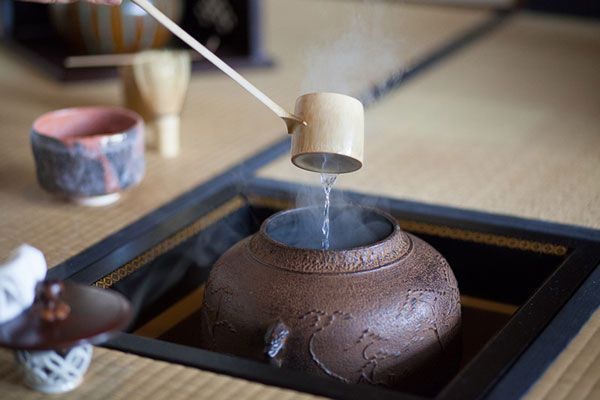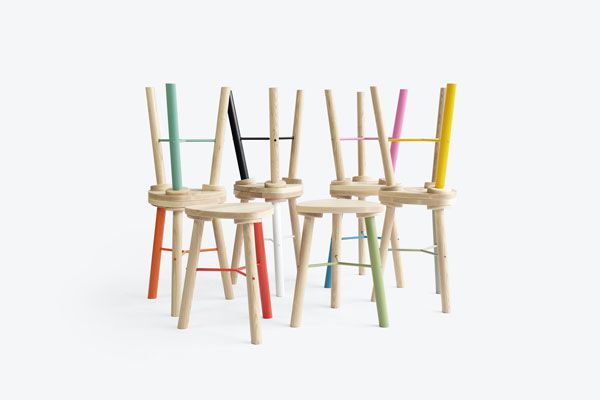The tea ceremony is an important part of Japanese culture; it is one of the many traditional disciplines that the Japanese practise and it can take several years to perfect this art. Known as “chado” (translated as the ‘way of the tea’) the tea ceremony is not just about drinking tea – it is a meditative and thoughtful experience.

January 21st, 2015
We visited the Joukeian tea house in Kyoto where the beautiful Soukou Matsumoto hosted us. It was important that we arrive on time, but not early, as the entry is sprinkled with water in preparation for our visit. The tea house itself is designed around the procedure of the ceremony and there is an entry with different surfaces for different footwear; stone for street shoes, timber for street socks, tatami for indoor socks.
We are greeted and left in a reception area for a few minutes whilst our host finishes her preparations. We are then escorted down a long screened hallway and into the tea room overlooking a traditional tea garden. The tea ceremony usually occurs in two parts – the first part is about preparing the coals for the iron teapot and heating the water. The second part, which we participate in, is about the preparation and drinking of the tea.
Depending on the time of year or national celebration, a variety tea is used. The ritual itself also changes according to the season. We are served sweets on paper first; this is to counteract the bitterness of the tea. And rather than add water to leaves, the tea is in powdered form and added to the water. The water and tea are mixed in a very precise order and manner, and the only way I could think of to describe the flavour was that it was ‘soft’. It is winter in Japan at the moment, and perhaps the ‘softness’ of the tea is to contrast with the harshness of the cold weather.
Each movement and action during this ceremony is definite and must be performed exactly the same way every time, the way it has been since the 9th century. Being in Kyoto, one of the most traditional parts of Japan, kneeling on tatami mats and overlooking Soukou Matsumoto’s exquisite tea garden, we can’t help but be transported back to a time when life was much simpler and much slower.
To follow Angela and Stephen’s journey through Japan go to instagram @futurespacedesign @indesignlive and look out for the hashtags #futurespacetravels #indesigntravels
JOUKEIAN
joukeian.gotohp.jp
A searchable and comprehensive guide for specifying leading products and their suppliers
Keep up to date with the latest and greatest from our industry BFF's!

Elevate your outdoor spaces with pieces that are beautiful, functional, and engineered for you.

In this candid interview, the culinary mastermind behind Singapore’s Nouri and Appetite talks about food as an act of human connection that transcends borders and accolades, the crucial role of technology in preserving its unifying power, and finding a kindred spirit in Gaggenau’s reverence for tradition and relentless pursuit of innovation.
SEAM 2009 sews architecture, dance and film together in new dialogue and creative exchanges.

The Milker low stool and bar stool, designed by David Walley, are refined and contemporary interpretations of the classic three-legged stool.
The internet never sleeps! Here's the stuff you might have missed

Shangchen Bathhouse, conceived by Wei Zhixue for WUXING YOUXING SPACE DESIGN, goes beyond problem-solving, delving into the infinite possibilities of sensory exploration.

With a new store in Melbourne, Molmic has the space for its many ranges of furniture and a place to call home in Abbotsford.